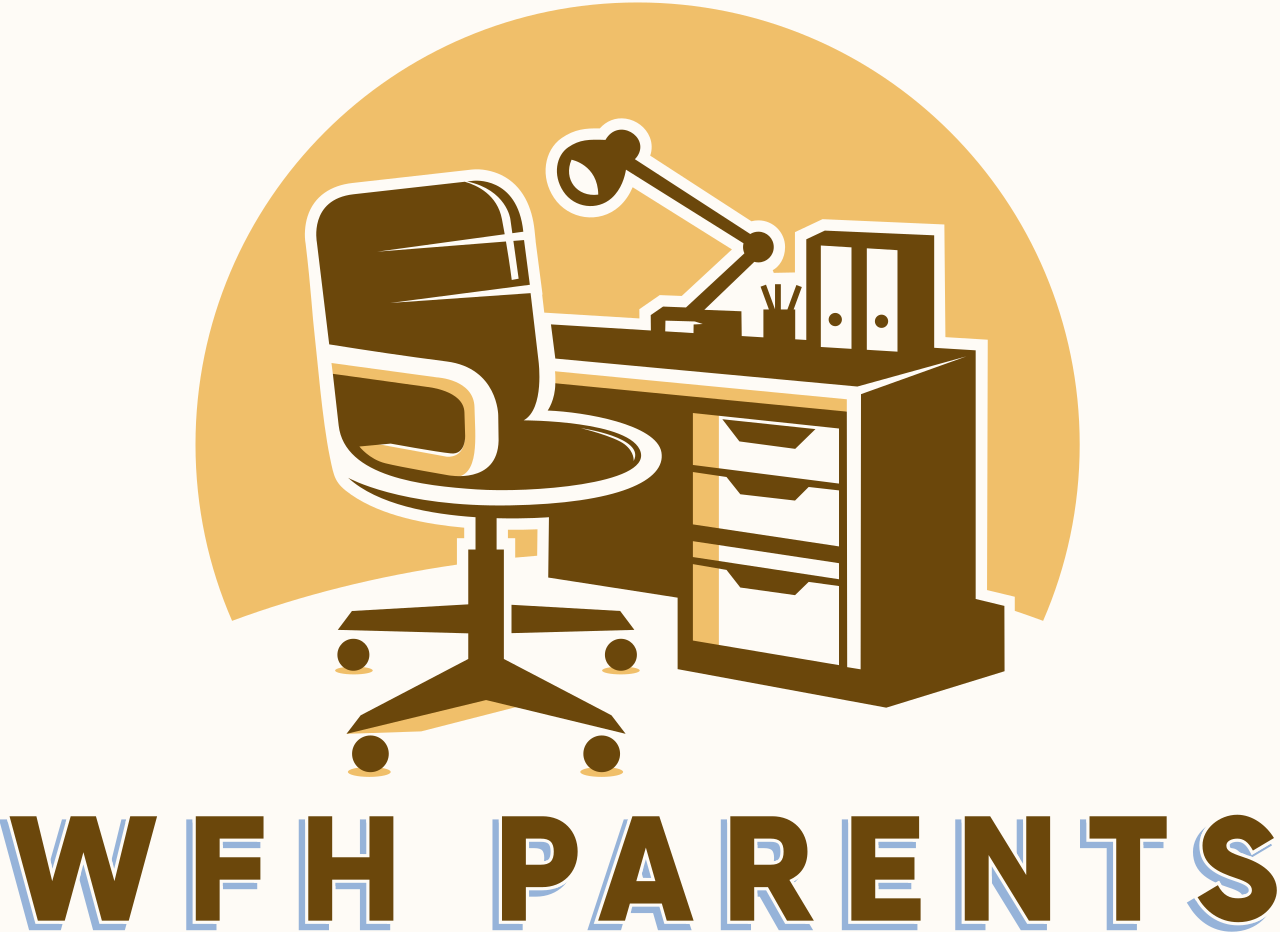How to Balance Parenting and Remote Work Without Burnout
Parents may become overwhelmed when their personal and professional responsibilities collide, which if left unmanaged can have dire repercussions for both employees and their families.
Parent job stress can cause numerous issues for employers and employees, from reduced productivity and burnout to low productivity and even the threat of physical violence against employees. To combat this threat, companies should begin taking measures to combat it.
1. Establish a Schedule
Parents juggling jobs and parenting must develop a routine that suits them best, whether that means rising earlier to get some work done before their children wake up, or scheduling meetings outside family hours. No matter how you do it, setting a schedule and communicating it to team members will allow you to both block off time for working while keeping family in the loop when it’s time to focus solely on them.
Along with creating a schedule, it’s also wise to set aside a special space at home where you can focus on work without getting distracted during family time or feeling the pressure to complete last-minute projects. Creating such an area will allow for optimal work performance while helping avoid distractions during family activities or feeling like you need to complete them right away.
Another way to create a working-parenting balance is to divide household and childcare responsibilities among partners. For instance, taking turns cooking dinner, switching off who provides pick-up/drop-off for children, or rotating who handles afterschool homework could reduce some pressure while leaving enough time for your career while still being an excellent parent.
Finding a balance that works for you and your family may take some trial-and-error, but it is certainly achievable. By childproofing your workspace, establishing a schedule, creating a dedicated work space, and building support networks you can make remote working work for both parenting and remote working!
2. Childproof Your Workspace
Working from home gives parents tremendous flexibility in how and where they work. But to remain productive and uninterrupted while meeting your tasks, you need to establish boundaries between your workspace and children so you can concentrate on your tasks without interruption from them. Establishing no-disturbance zones helps parents focus on getting things done while teaching children to respect your privacy in the process.
Parents looking to protect their kids while working from home should make childproofing their home office a top priority. This may involve securing cords, covering outlets and installing safety gates to stop toddlers from wandering into off-limit areas of the house. Furthermore, it’s wise to remove choking hazards such as office supplies or toys to lessen chances of accidents occurring during work time.
Even with careful planning, work can sometimes interrupt family moments. When this occurs, having an activity ready that keeps your kids occupied while you refocus your tasks can be helpful; perhaps pulling out crayons or board games so they feel included but won’t derail you from your task at hand. Furthermore, regularly backing up important files via digital storage solutions may prevent accidental deletion and loss.
3. Make the Most of Your Time
Balancing remote work with childrearing takes some trial-and-error. By childproofing your workspace, creating a dedicated home office, adhering to a structured schedule and seeking support, parents can ensure they can manage professional demands without neglecting family life.
Parents working from home often discover they’re most productive during short bursts of intense work (called sprints) rather than throughout their entire day, which means completing key tasks early morning when their attention span is highest, or after tucking their children in at night. Ensuring you log off at an acceptable hour also improves focus and productivity.
Maximize your time by keeping meetings to an absolute minimum. Long meetings have the potential to disrupt work-life balance and concentration; as a result, it is wise to carefully consider their purpose prior to scheduling them and strive to keep meetings short and sweet.
Make the most of your time by identifying and eliminating activities that don’t directly contribute to achieving your career or personal goals. Tracking daily activities, reviewing routines and habits and optimizing them may all help.
4. Ask for Help
Parents can balance work and family life successfully, with careful planning, coordination, and support from family, friends and coworkers. For remote working parents it is key that they have access to caregivers they can rely on when necessary and open communication with their managers about childcare needs – whether this means calling on family and friends as a backup plan, using apps for managing household chores or hiring professional babysitters on occasion – having a plan in place will reduce stress while maintaining work-family balance.
Burnout can be an immense strain for working parents balancing parenthood with remote work. It can have devastating repercussions for physical and emotional well-being, increasing stress levels, anxiety or depression while leading to decreased productivity or inability to focus. These negative outcomes ultimately impede quality work performance and career advancement.
Employers have taken steps to address parental burnout in their workplaces. Some strategies include offering flexible or annualized hours that enable working parents to adapt their schedule to meet family demands; and parental leave policies designed to ease new mothers back into the workforce and minimize the risk of burnout. Whatever solution employers implement, it’s crucial that they recognize burnout is a serious threat for working parents, and do whatever they can to support them.




